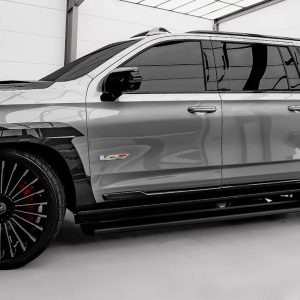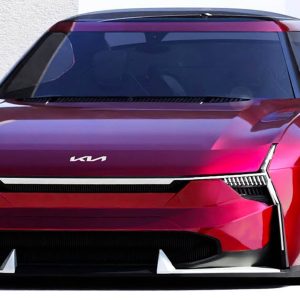
The 2022 Toyota 4Runner is a classic metaphor of function before beauty while proving that age is just a number. The 4Runner has existed in its current form since 2009, with the model receiving its most recent refresh in 2013.
While the TRD PRO is the model that gets the bulk of the spotlight, other models in the 4Runner family aim to cover any gaps in the SUV’s resume for Toyota. They include the 2022 TRD Sport, which aims to put more on-road performance into the 4Runner’s DNA.

TRD Sport Gives 4Runner A Track Suit, Still A Trail Warrior
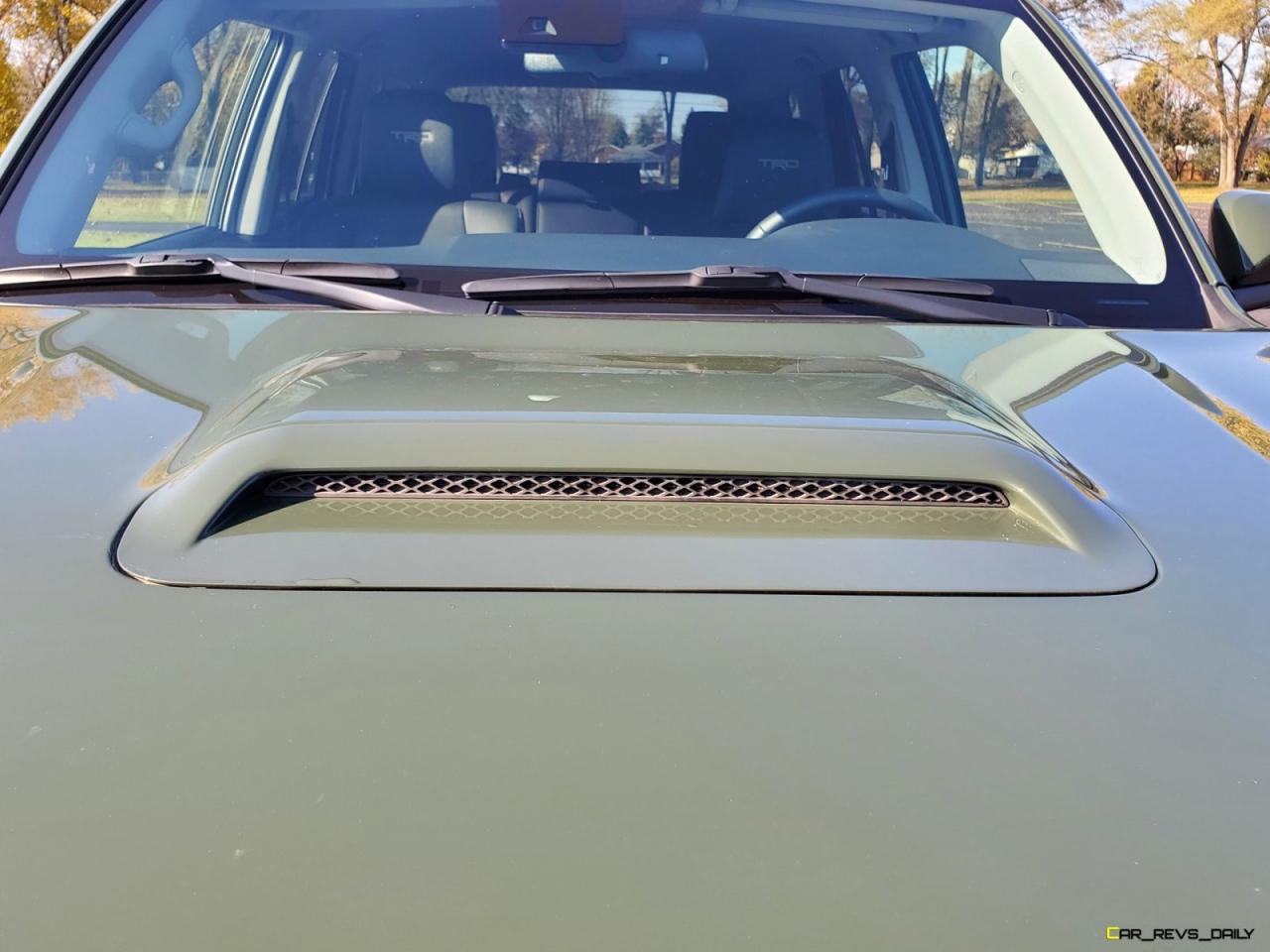
The exterior styling of the TRD Sport adopts a look that aims to make the 4Runner more suitable for on-road living. Unlike other 4Runners, the Sport Edition gets an extra bar in the front grille as well as a tweaked lower bumper which mirrors what’s seen in the luxury-focused Limited model.
The rest of the look is largely carryover, with the rear fascia retaining what we have seen for years in the rest of the 4Runner family. The 2023 model year sees minimal changes and is essentially carried over from the outgoing model year.
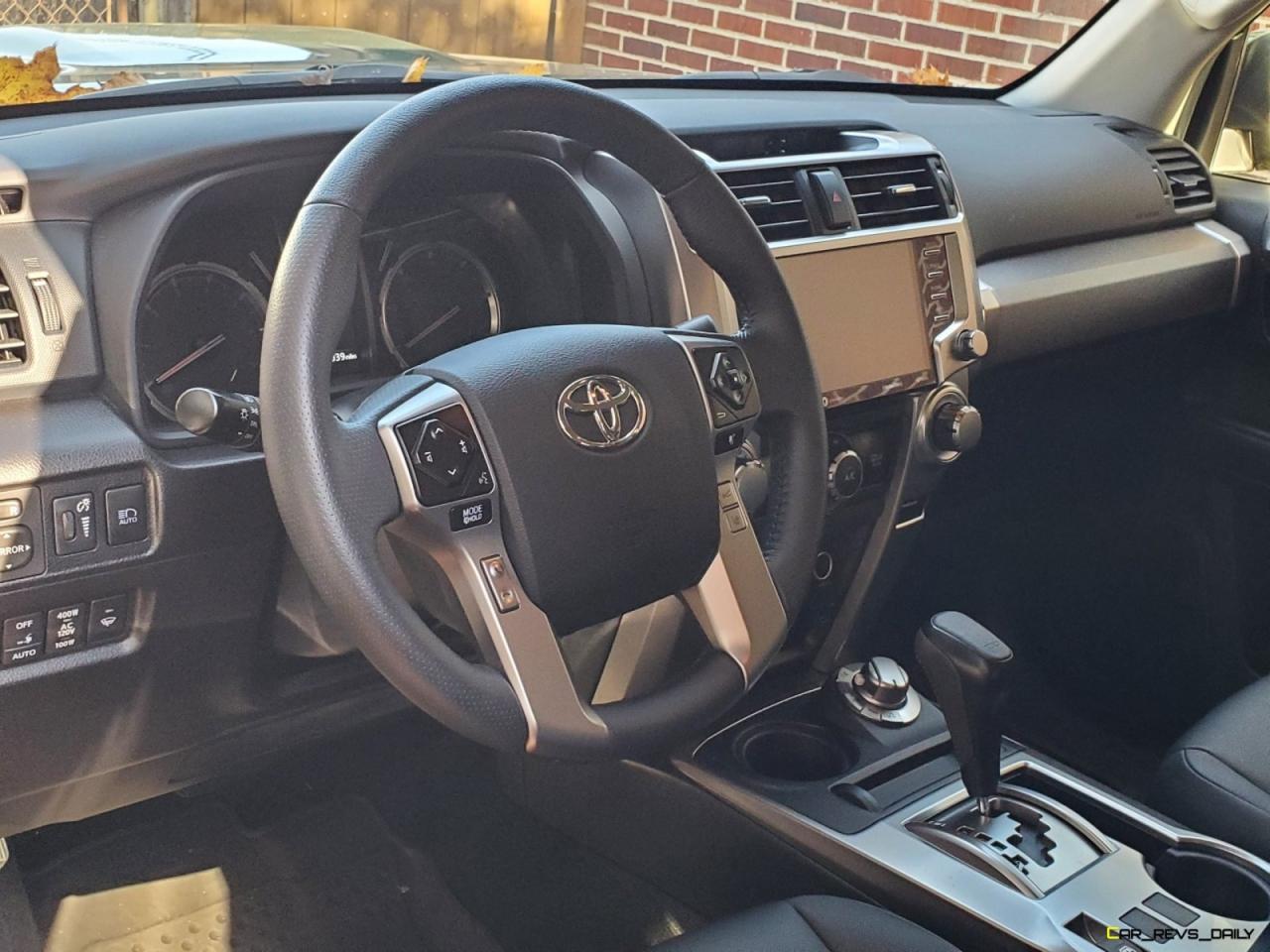
The TRD Sport Edition is one rung above the base SR5 model, but our late 2022 tester’s Army Green paint (that’s been dropped for 2023) still helped it stand out from the crowd. We also liked the alloy wheels on our tester (lifted from the Limited model). However, despite the 4Runner’s best efforts at blending in, it’s still a rugged trail-ready SUV, and as a result, it has a decidedly cruder look than many SUVs in its segment that are meant for more on-road-focused commuting.
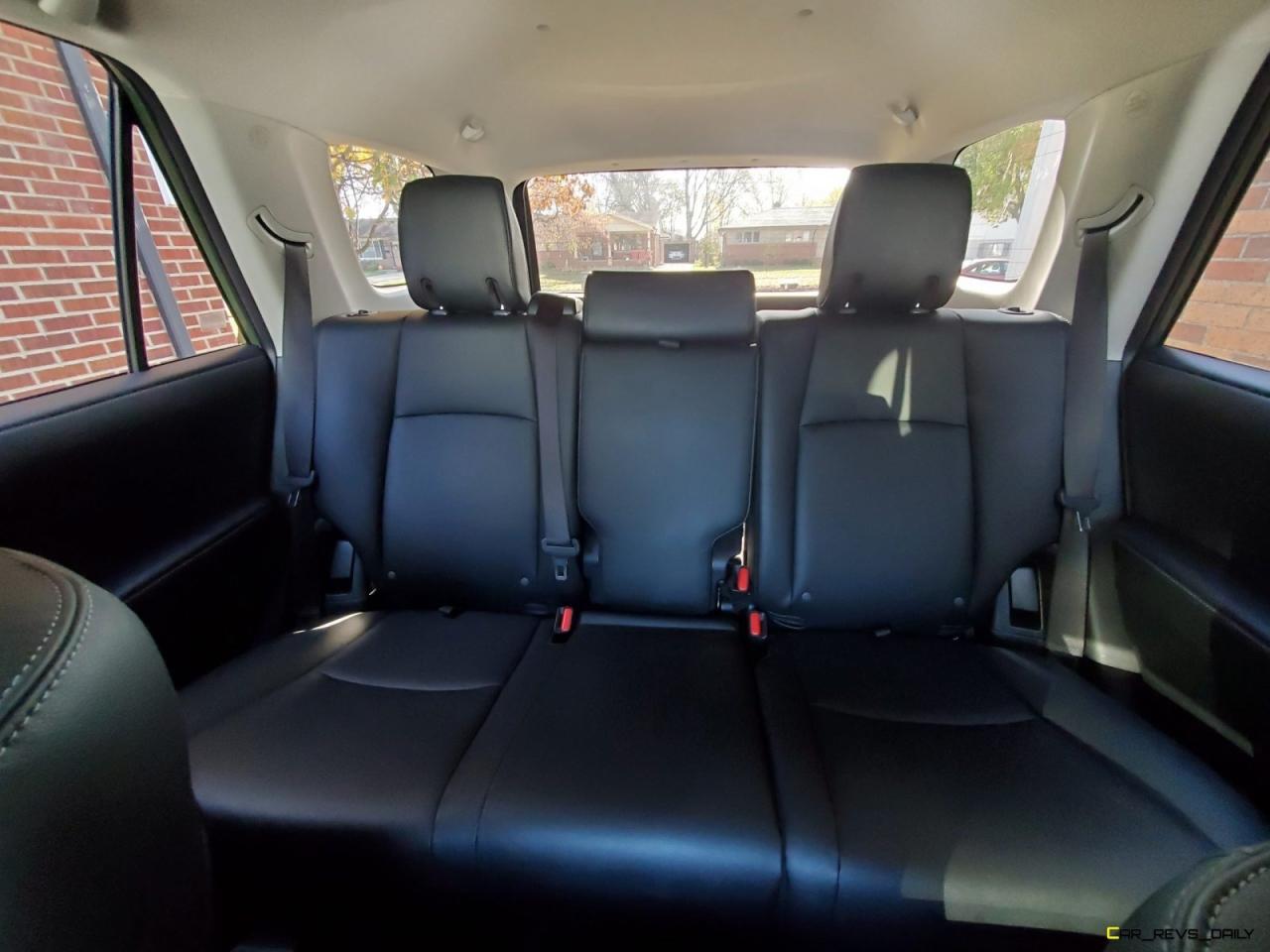
4Runner Interior Is A Time Capsule To The Past
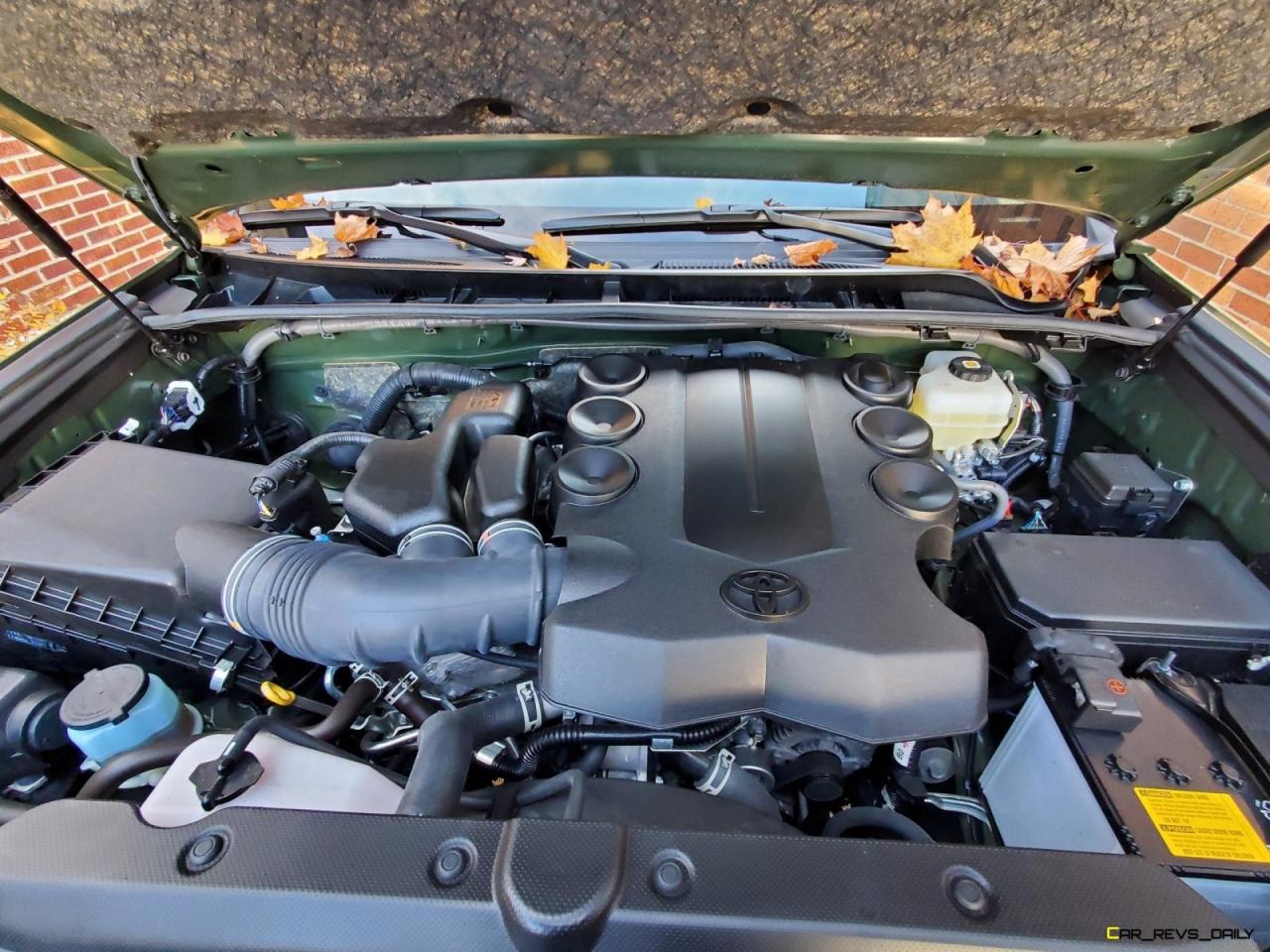
The bulk of the 4Runner’s age is apparent when you slip inside the TRD Sport Edition. Like other 4Runner models, the interior is focused on function but lacks some of the polish and flair that has become commonplace in the SUV segment.
The seats in our tester were comfortable, but the dashboard and the door panels are covered in lackluster plastics with plenty of hard plastics in key touchpoints. The switch gear is also old-school, but while it does little to make you feel like you’re in a modern SUV offering, we will say that the buttons and dials are large enough to be operated while wearing gloves and are also boldly marked and easy to find.
The first and second-row seating offers plenty of room, but the third row is best left for children, with the space back there being tight for taller passengers. Folding down the seats helps open up cargo room, but the 4Runner has a high load floor and while an optional loading deck helps reduce some of the frustration of loading cargo, it’s still an issue for shorter owners that need to reach up to the floor to load bulkier items or a large load of groceries.
All 4Runner models come with an 8.0-inch infotainment system that features Apple CarPlay and Android Auto capability as well as a subscription-based Wifi hotspot. Navigation is not standard, but buyers can add that feature as an option. The screen still does its duties well, but with more Toyota and Lexus models benefitting from updated infotainment systems in recent years, we hope that Toyota will eventually give the 4Runner attention in this category to help it be on par with some of its other corporate brand mates.
Aging V6 Stands Its Ground In The Face Of Changing Performance Atmosphere
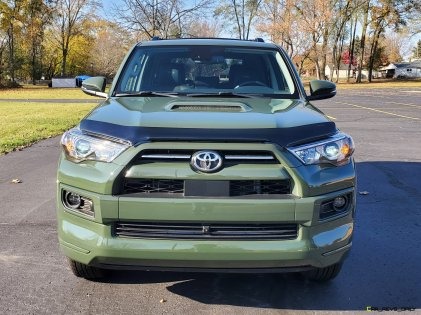
All 2023 Toyota 4Runner models are powered by a 270-horsepower, 4.0-liter V6 that’s paired with a five-speed (yes, you heard that correctly) automatic that allowed our tester to make the jog to 60 mph in 7.7 seconds.
Despite having the word Sport in its moniker, our tester’s automatic delivered shifts that were far from sporty with the automatic preferring to take its time in delivering lethargic upshifts and downshifts. Handling also leaves alot to be desired but at least the Toyota manages to be more composed on the road than its chief rival, the Jeep Wrangler.
But while our tester may not live up to the Sport Edition title on the open pavement, it can fall back on what defines other 4Runner models, and that’s their ability to stand out when it comes time to go off-road. Light trail running in our example revealed a suspension capable of soaking up bumps and divots and enough ground clearance to handle most obstacles.
The lone exception to this firmly established norm is the front end, with the Sport Edition’s tweaked front end losing some clearance when compared to other 4Runners, which will force owners to be mindful when traversing certain obstacles. Our tester arrived with a part-time all-wheel drive system, but models like the TRD PRO come with a full-time AWD system.
Value Quotient
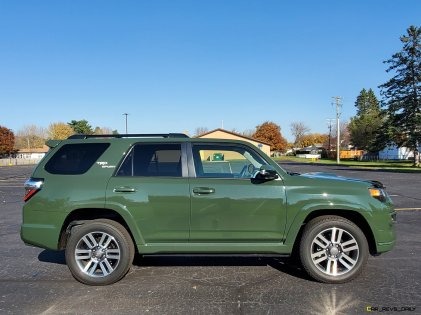
Pricing for the 2023 Toyota 4Runner starts at $40,890 for the base SR5 model, with Sport Edition models like our tester starting at $40,890. Our late 2022 example had a light sprinkling of options which helped raise the final sticker price to just over $42,000.
This pricing puts the 4Runner in a unique value focused niche with Toyota hoping that the 4Runners pricing will help attract utility buyers that want a three-row offering but at a more compelling price.
On the flip side of the coin though, the 4Runner’s unique quirks and some of its museum grade features do make it an outlier against the rest of the segment which have added more gears to their automatics, adopted updated styling, and higher amounts of technology.
We look forward to seeing what Toyota has in store for the next generation 4Runner when it eventually makes its appearance, but in the meantime look for the current generation model to continue holding down the fort for a few more years.


